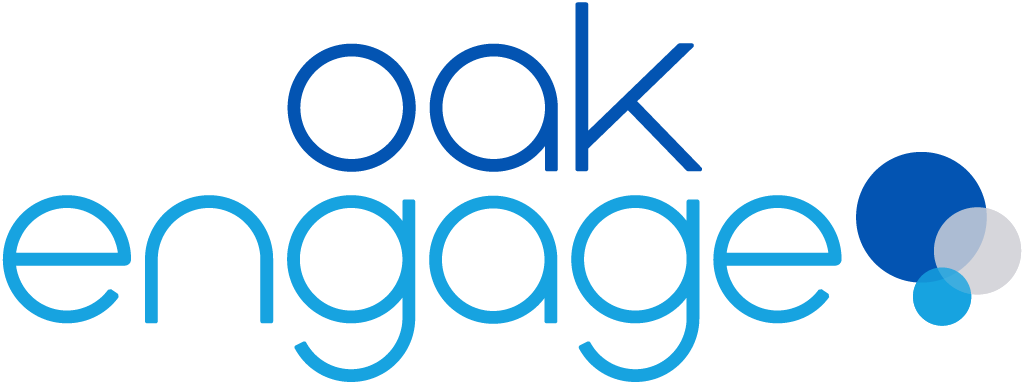With the festive season a distant memory, it's really difficult to not get tripped up by those January blues. Today marks Blue Monday, supposedly the most depressing day of the year. As we enter January the whirlwind of festivities, merry-making, indulgence and celebrations grind to a halt for another year as we get back to reality. The Christmas decorations come down, we pick back up where we left off with work mid-December, we swap indulgence for healthy eating regimes, we stick it out until the January pay day and have to endure a slew of cold, wet weather. It's no wonder we're feeling low.
Our recent Mental Health in the Workplace report found that 58% of workers have suffered physical or mental stress at work in the past two years. We want to highlight the importance of connection and how critical it is to prioritise our mental health, not just on Blue Monday but throughout the year. Along with help from experts, we share our top tips to better support your employees and provide connection during this challenging time.
Focus on employee goals
Having clear goals will give your people a sense of accomplishment. When satisfaction increases, motivation follows and this boost in positivity can help fight the feeling of sadness.
Healthy Workplace Culture Specialist, Lisa Seagroatt comments: “Show your employees they are valued, helping to boost morale. Get together over a cuppa and cake and keep your communication upbeat and regular as part of normal workplace culture. Even if the work ahead looks tricky, seeking input and involvement from your employees will encourage people to feel motivated, impacting positively on everyone’s mental health and wellbeing.”
Offer flexible working
Encourage flexible working patterns. If you have flexible working policies, make sure these are readily available and accessible to your people.
Associate Professor of Quantitative Social Psychology at Durham University, Mario Weick said: “Flexible working arrangements that give workers more choice and control over their workplace are likely to have a positive impact on people’s wellbeing and mental health. They may also increase organisational level performance. However, flexible working is not without its challenges and can have drawbacks when the lines between work and one’s personal life become blurred.”
Transparent policies and procedures
It’s important that employees know what policies and procedures are in place at your company.
Mario comments: “People should familiarise themselves with the latest policies and procedures. Knowing what exactly is happening can increase one’s sense of control, which in turn reduces anxiety.”
Will Murray, CEO at Oak Engage adds: “As well as policies and procedures, check what practical advice is being offered by your workplace. We’ve created a wellbeing guide for all companies to help support a healthy work environment. Whether you’re back to work or you’re still working remotely, it’s critical to try and promote wellbeing in the workplace.”
Create a positive working environment
Employers also need to create a positive working environment and encourage their people to reach out and interact with each other.
Will Murray, CEO at Oak Engage said: “Recognition is a key motivator and provides people with a sense of accomplishment. Appreciation makes employees feel more confident and improves productivity, a simple thank you goes a long way. Initiatives such as days without meetings and mental health days also play a huge part in creating a positive working environment. We offer holidays whenever people need them and ‘Oak Bank Holidays’ to ensure employees are getting the rest they deserve.”
On culture, Lisa adds: “Every single one of us has both mental as well as physical health needs. The only difference is that physical health needs are often more obvious so it’s important for employers to create a culture where employees feel able to seek support when they need to. Business leaders and people managers play a key role here in ensuring they create working environments where employees feel ‘safe’ to raise any issues linked to mental health. A healthy workplace culture of openness, transparency and good communication from the top down helps to create safe working environments.”
Employers need to communicate consistently and openly with their people. It starts from the top and communicators can advise leaders on encouraging a healthy culture at work.
Smriti Joshi, Lead Psychologist at Wysa said: “Fostering a healthy culture at work allows for vulnerability and creating a safe space for employees. When leadership models authenticity by sharing both their productive strengths, as well as their emotional challenges and imperfections, it paves the way for normalising conversations around mental health concerns. This will reduce the stigma for employees and allow them to feel heard by other employees and managers.”
Supportive leadership
Leadership plays a crucial role in setting the tone of the workplace. Communicators should encourage leaders to lead with empathy and show a genuine interest in the wellbeing of their employees.
Smriti adds: “The commitment of senior leaders in any organisation is crucial for the success of any mental wellbeing initiatives and training programs. When leaders champion the cause, actively participate and openly discuss their own mental health experiences and challenges they faced during their journey, it resonates with employees. Such leadership encourages active participation and uptake of these initiatives and training sessions. It helps employees feel motivated to engage and contribute, maintaining a safe, cohesive, inclusive and empathetic culture at work.”
Will Murray, CEO at Oak Engage comments: “Products like Oak Engage’s intranet can help businesses connect their people by using targeted and personalised communications to boost employee engagement and promote wellbeing."




